What is it and where is it going? Those are easy questions to answer in this particular case. It’s a Jaguar F-Type coupé with a stonking great V8 and I’m driving it to the Jabbeke highway, a stretch of motorway in western Belgium with which Jaguar – and this magazine – has some history.
But for Jaguar generally, maybe ‘where is it going?’ is harder to answer, particularly for the F-Type. There’s the Jaguar range as it exists now, and we know there’s a new XJ due, all-electric, expensive, luxurious and stylish. But beyond that, what will be for Jaguar or its sports car? Who knows? Not me. Not you?
Does Jaguar? Once, it had a very clear direction. In 1961, at the Geneva motor show, it revealed the E-Type and, well, I wasn’t there, but I hear it went down quite well. And in the same month, testers from The Autocar came here to Flanders, where a straight stretch of dual carriageway between the town of Jabbeke and the coastal city of Ostend was flat and had routinely shown itself to be quiet enough for obtaining high-speed road test figures.
In its Autocar road test, published on 24 March, just a week after the car was unveiled to the public in Geneva, the E-Type hit 150mph in our hands – and with a slightly hooky engine – on this very road. The car from the show, a coupé with the registration 9600HP, was the car we had tested.
Another variant, a green roadster, registration 77RW (the road test car for The Motor and still owned by Jaguar today), was driven down to Switzerland overnight during the show itself by Jaguar test engineer and racer Norman Dewis when rampant demand for test drives looked like overwhelming Jaguar’s capacity to handle them.
Excluding the Channel crossing but including a drive through central London and before motorway networks were as widespread as today, Dewis still managed to average 68mph between Jaguar’s base in Coventry and the show.
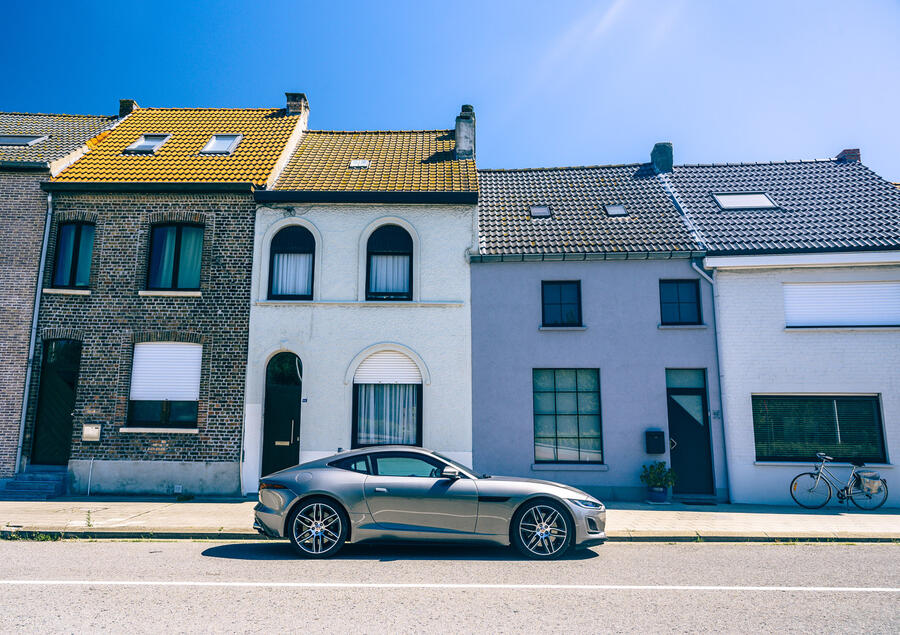
He was also no stranger to Jabbeke. Today, the town has a plaque dedicated to him and Jaguar’s high-speed testing exploits on the highway in the early 1950s.
So, on the approach to the E-Type’s 60th anniversary, it seems like as good a place as any to come to assess Jaguar’s position today as… what, a sports car maker? Maybe. The F-Type is, as its name would suggest, the true sports car follow-up to that original two-seater, which was launched when British motoring was leading the world but stayed on sale until 1974, when it really wasn’t.
With our industry lower on confidence in the ’70s, the E-Type was replaced, of a fashion, by the XJ-S in 1975, which was in turn replaced by the XK8 and then the XK. It wasn’t until 2012 that Jaguar felt bold enough to revive the name’s lineage and call its new model the F-Type, with production starting in 2013. It will be a proper sports car again, they said back then.
And it was. Cleverly, Jaguar launched the roadster first, so we got to know that as a genuine sports car, with the coupé – which was only ever going to be better to drive – following about a year afterwards.
In this recently revised form, it still is a sports car. And as with the E-Type, if you wanted to drive from Coventry to Geneva in one gulp, it would also make a fine tourer – although if you do so next March for the E-Type’s 60th, it seems unlikely that you’ll find a motor show waiting for you when you get there. Another analogue product whose future in a digital world is a moot point.
It’s hot summer, not March, when I make a trip under the English Channel, staying in the car on the Eurotunnel as is now requested, in a 454bhp, rear-wheel-drive P450 – the lesser of the two supercharged V8 F-Type models.
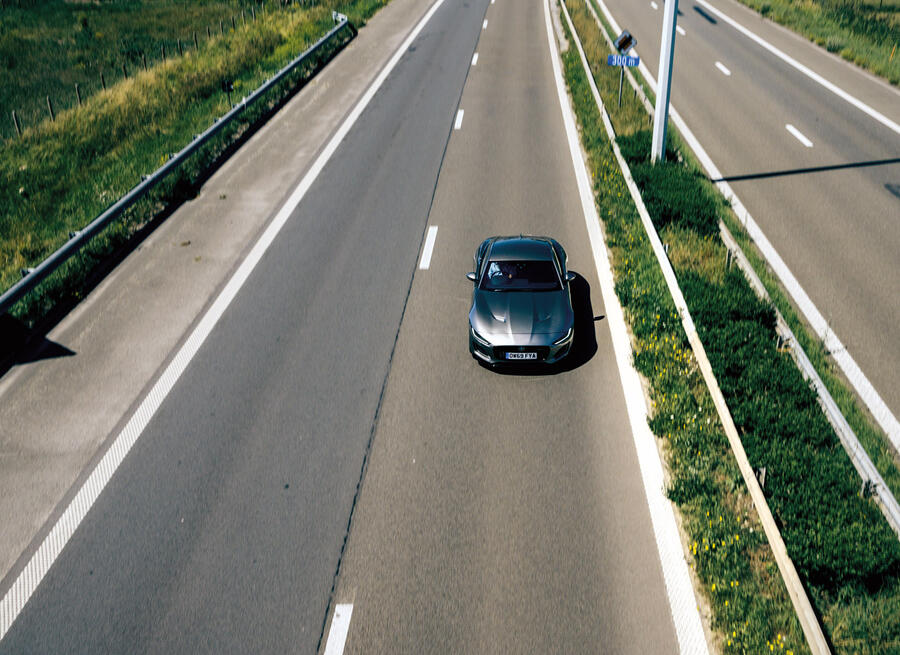
There’s a turbocharged four-cylinder petrol available, too, which gives the F-Type a surprisingly broad price range. The P300 starts at £54,510, which strikes me as pretty good value. Yes, it’s two cylinders and a lot of power down on the entry-level Porsche 911, but it’s also cheaper by 30 grand.
There’s no V6 any more, so the range then moves to the 5.0-litre V8, costing £70,025 if rear-driven like this one or £74,885 with four-wheel drive.
Then there’s the £97,315, 567bhp and 4WD-only P575 – the only F-Type that costs more than any new 911 (for now, at least). You can have a soft-top convertible version of any of them for about £5500 extra.
Does the F-Type seem old-school in a way that the 911 doesn’t? And if so, why? Both Jaguar and Porsche offer an electric car elsewhere and are electrifying other bits of their ranges, but their purest sports cars remain internally combusted. So there’s nothing unusual about the F-Type’s propulsion in its marketplace.
Perhaps it’s just the layout. It has a V8 engine in the front, driving the rear wheels – a traditional format of the type you’ll find in anything from a luxury limousine to a grand tourer to a sports car to a muscle car. Helpfully, the F-Type contains elements of all four.
As I head into Belgium at around lunchtime, having left home at yawn o’clock in the morning, it’s the grand touring parts that are front of mind. I’ve never quite felt the F-Type’s seats are the world’s most comfortable and I would rather the wheel reached a little closer, but I think this is a pretty strong cabin, discreetly coloured and well finished, with a bit more flair than any German competitor’s.
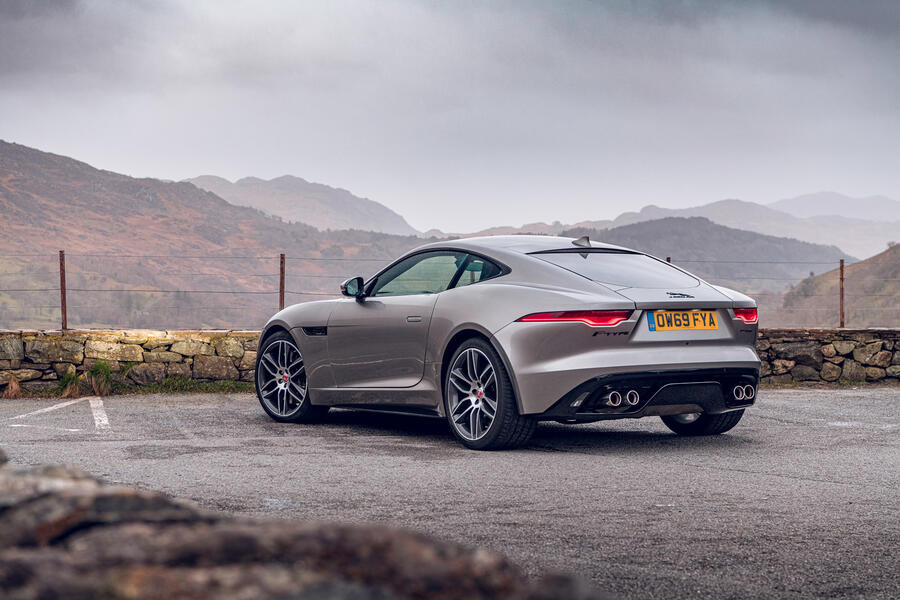
There’s a 70-litre petrol tank and fuel consumption is at the mid-to-high 20mpg mark, giving me a range (an often undervalued element of a grand tourer’s ability) of around 400 miles.
The F-Type rides well, too, and steers comfortably, and it has the right amount of weighting and feedback in its controls. Jaguar doesn’t get everything right, but it’s particularly good at tuning this sort of thing. Steering weight and response builds naturally; there’s no whip-crack turn-in in an effort to make it feel more agile, nor artificial stodge around the straight-ahead to suggest greater straight-line stability. Things are, instead, as they should be: entirely natural, conventional and just pleasingly well tuned.
It’s also quite engaging while it’s at it. You don’t really need to rev the crackers off of this engine to reach its performance. It makes a good noise whether you do or not, but the fact that it makes 434lb ft of torque from just 2500rpm means it’s non-essential.
When we road tested the F-Type P575 AWD (29 April, although this car was the one pictured, due to lockdown restrictions), we thought that the P450 might actually turn out to be the sweet spot in the range. And I think that’s true.
The engine, though, is such a feature of the F-Type that you do wonder what comes next. The F-Type is currently a seven-year-old car and has only just had its big facelift. When – if? – it’s replaced, it’s conceivable that the life cycle of the car that follows will be nudging into the time when you can’t sell engines perhaps at all, let alone engines like this. So what drives the ‘G-Type’? What becomes of the sports car?
About the next XJ, Jaguar design chief Julian Thomson recently said: “We want to make it a beautiful car, with an engaging drive and a luxurious interior. We’ll do each of those our own way; we won’t be putting a tape measure on rivals to just match, match, match.” Which sounds right. Nobody seems to mind that Porsche or Lexus don't benchmark and measure themselves against the German big three, least of all Porsche or Lexus. If Jaguar makes engaging, beautiful cars in profitable numbers, it will be happy days, whatever defines a sports car by then.
Still, that’s for another day. Today, by coincidence, is close to what would have been Dewis’s 100th birthday. Born on 3 August 1920, he in his later years wanted to drive at 100mph in a Jaguar at MIRA Proving Ground on its 100th, but sadly he didn’t quite make it that far.
However, this is a Jaguar sports car and this is a road he knew well and on which he drove at some pretty stern speeds. I’ve gone back and forth between two junctions for the camera enough times to reckon that nobody is really watching. And, well, even if they are, perhaps if I explained, they would understand…
Jabbeke speed records
Before huge high-speed test tracks at places like Idiada in Spain and Nardò in Italy were a thing, speed testing was pretty common on recently built motorways and dual carriageways.
So it was eight years before Autocar’s run on the Jabbeke highway, on 21 October 1953, when Jaguar engineer Norman Dewis lined up there in a Jaguar XK120, aiming to set a production car speed record.
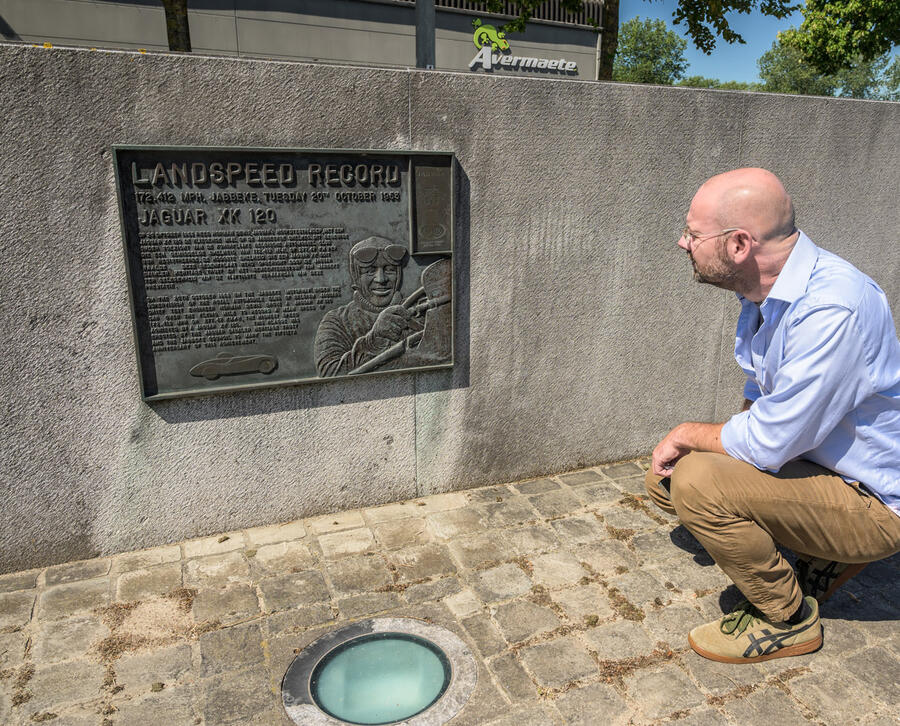
You will note the word ‘production’, but these things are relative. A headlight had been removed and its socket used as a ram air inlet for the engine. Dewis sat on a piece of foam on the floor, because if he were on the usual seat, he wouldn’t fit beneath aircraft canopy that was lowered over his head. There was a rigid tonneau on the passenger side of the cockpit and the underbody was covered.
One side of the dual carriageway was closed for the attempt. Dewis did a flying mile in both directions, averaging 172.4mph, verified by the Royal Automobile Club of Belgium.
The following week, The Autocar reported the XK120’s record in a couple of short paragraphs and reminded readers that the canopy and undertray were optional equipment on the XK120. I wonder if anybody did actually try to order them…
The local police called time on closing the road for high-speed testing after this, although evidently it didn’t stop less official high-speed runs on the stretch; 150mph on an open road doesn’t sound much better than 172mph on a closed.
It was different in Dewis's day
Our drive to Belgium (and onto the Netherlands to sample the new Donkervoort D8 GTO JD-70) was snatched a few days before Brits who had been there had to quarantine in self-isolation for two weeks on their return. Today, you can drive through a country not on the travel corridor list (Germany is but not France or Belgium) in a private vehicle and then not have to quarantine so long as you don’t stop. Or, if you do, “no new people get into the vehicle” and nobody “gets out, mixes with other people and gets in again”, meaning breaks and refuelling stops are possible.
READ MORE
Report: Jaguar to delay electric XJ launch until late 2021
2020 Jaguar XJ: latest images reveal electric luxury car's look


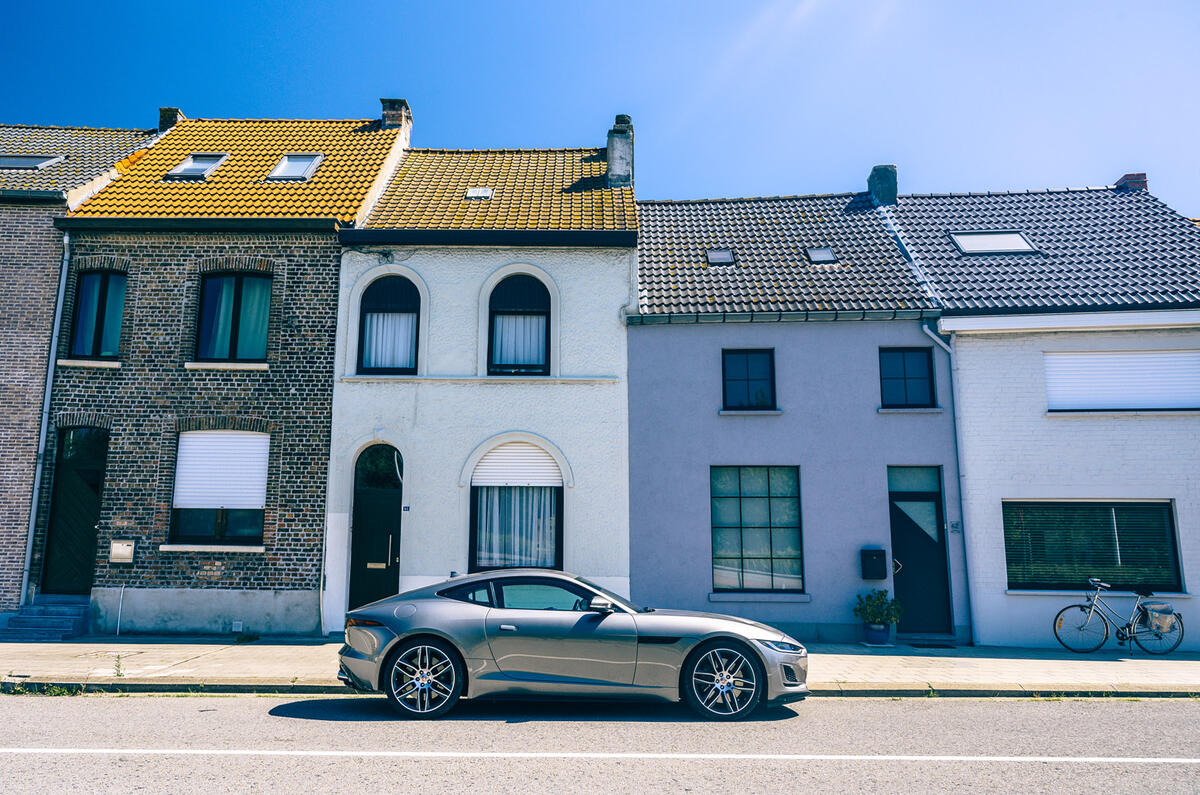

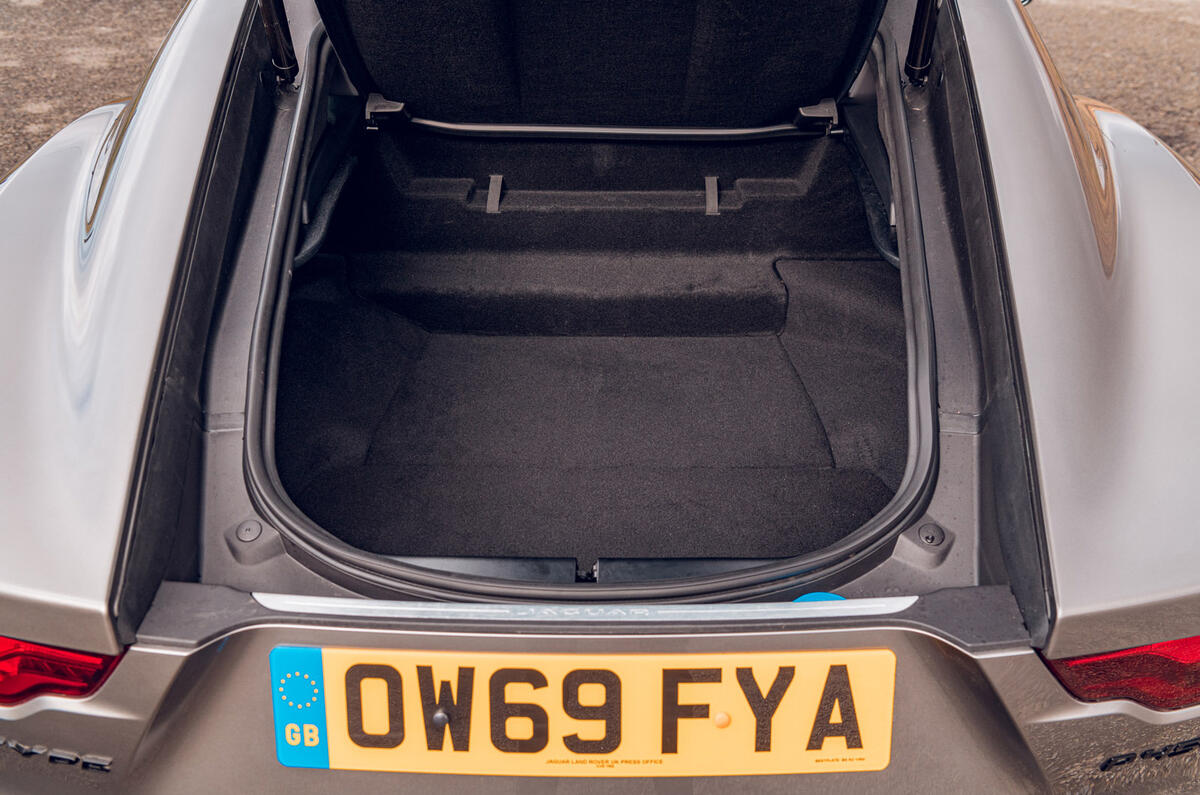
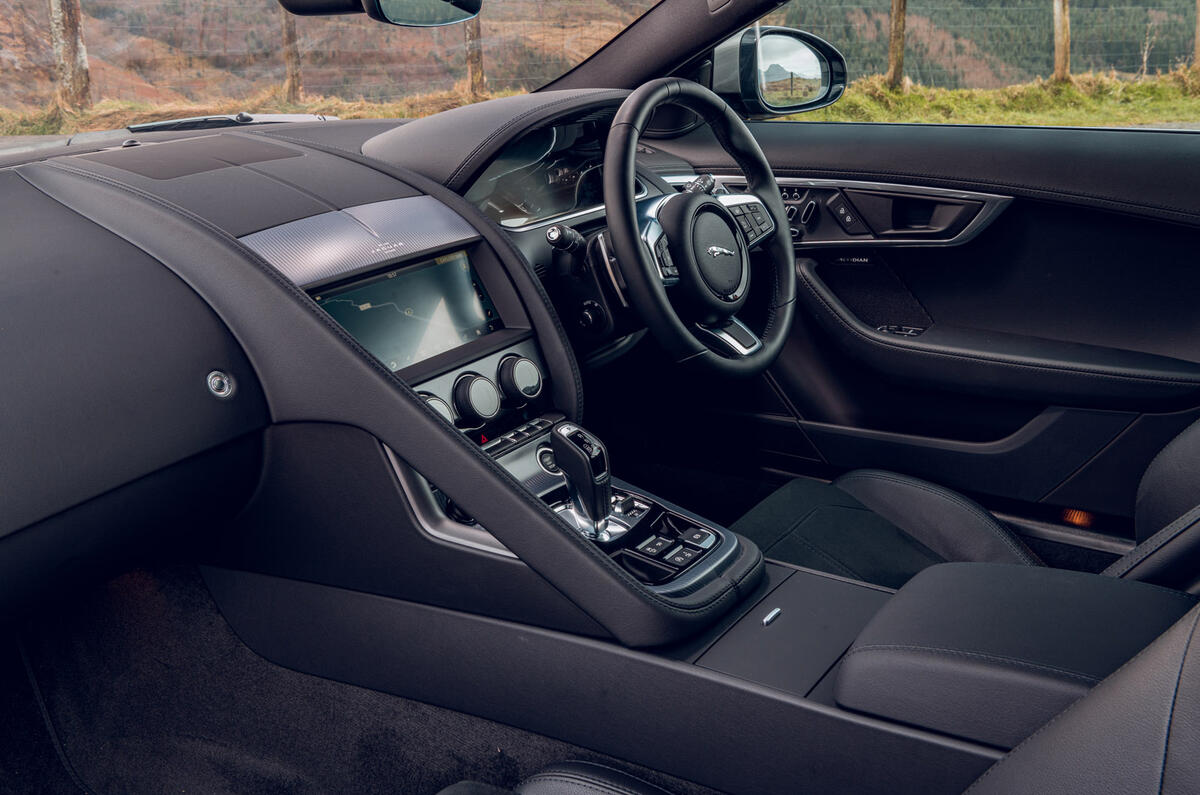
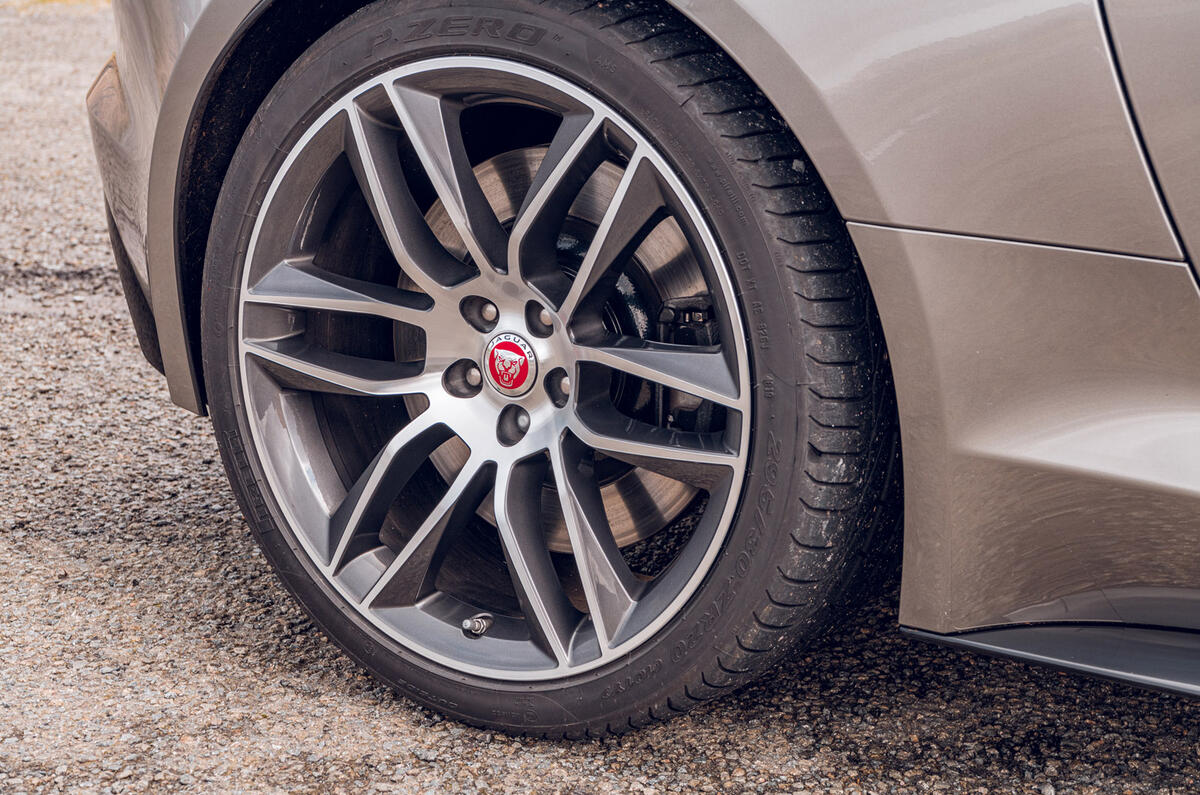
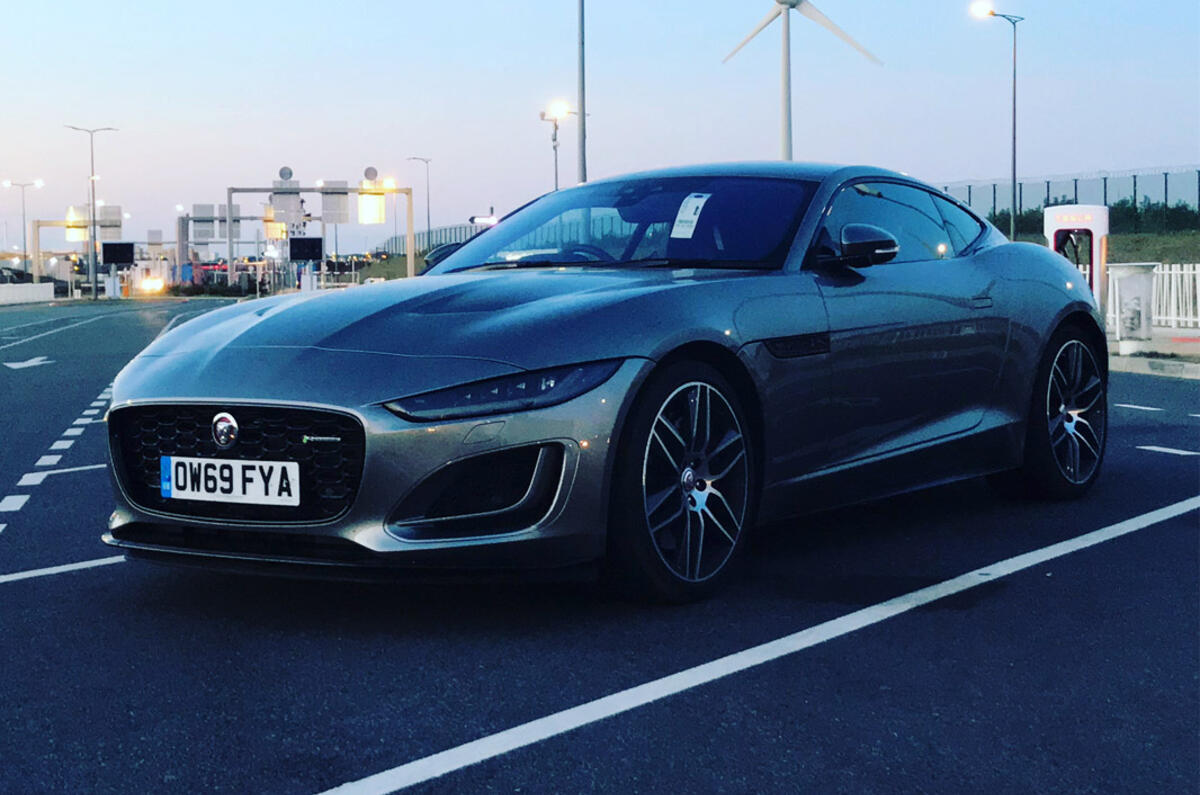

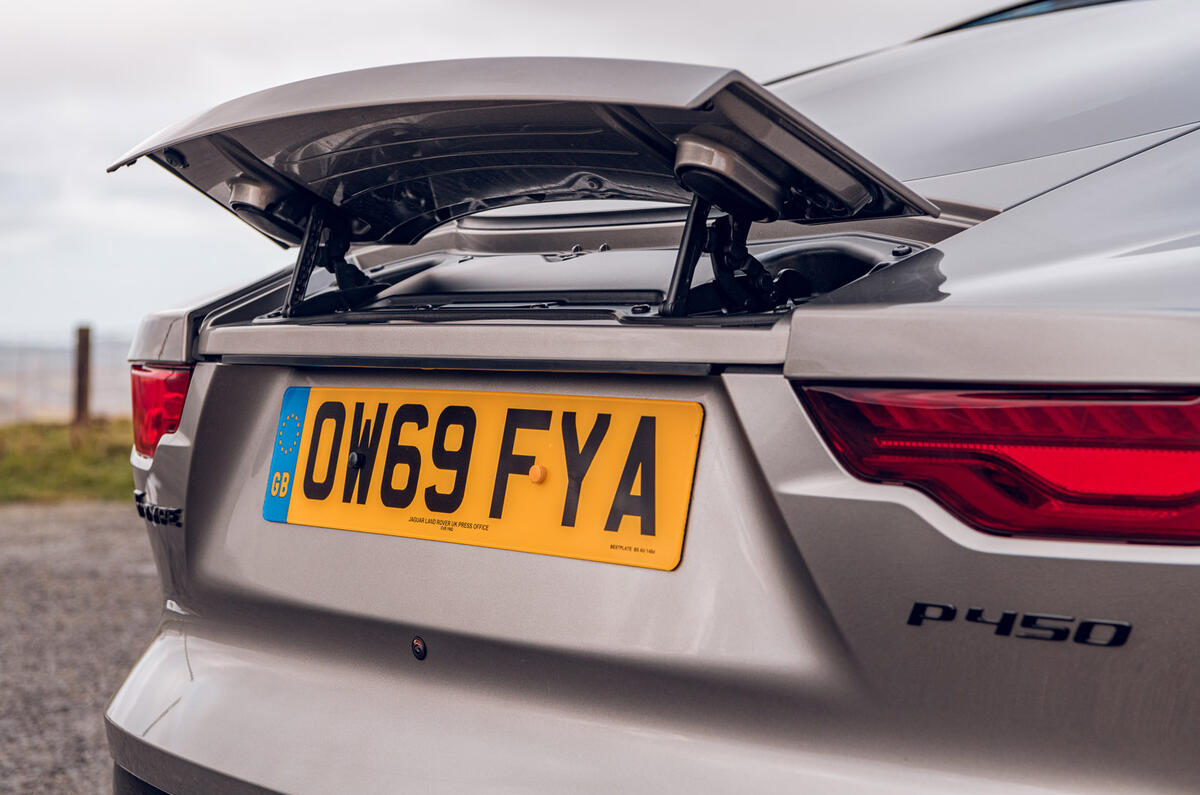
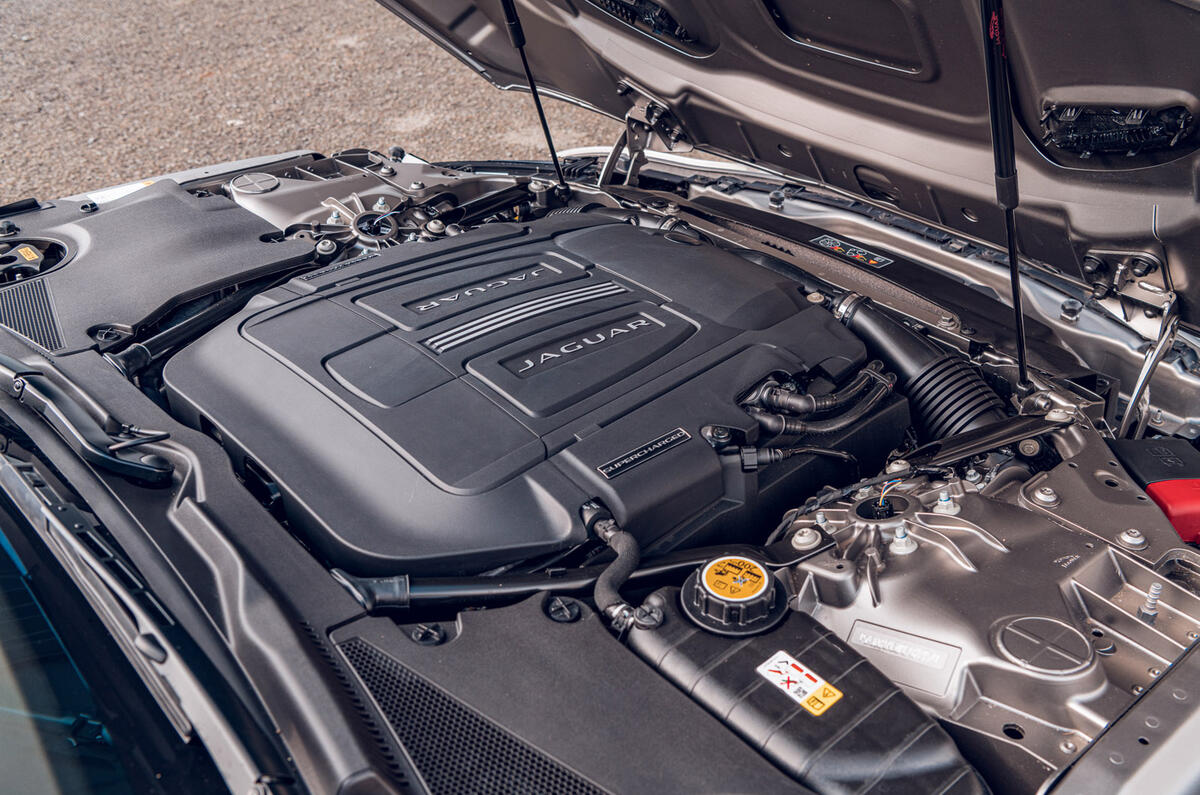
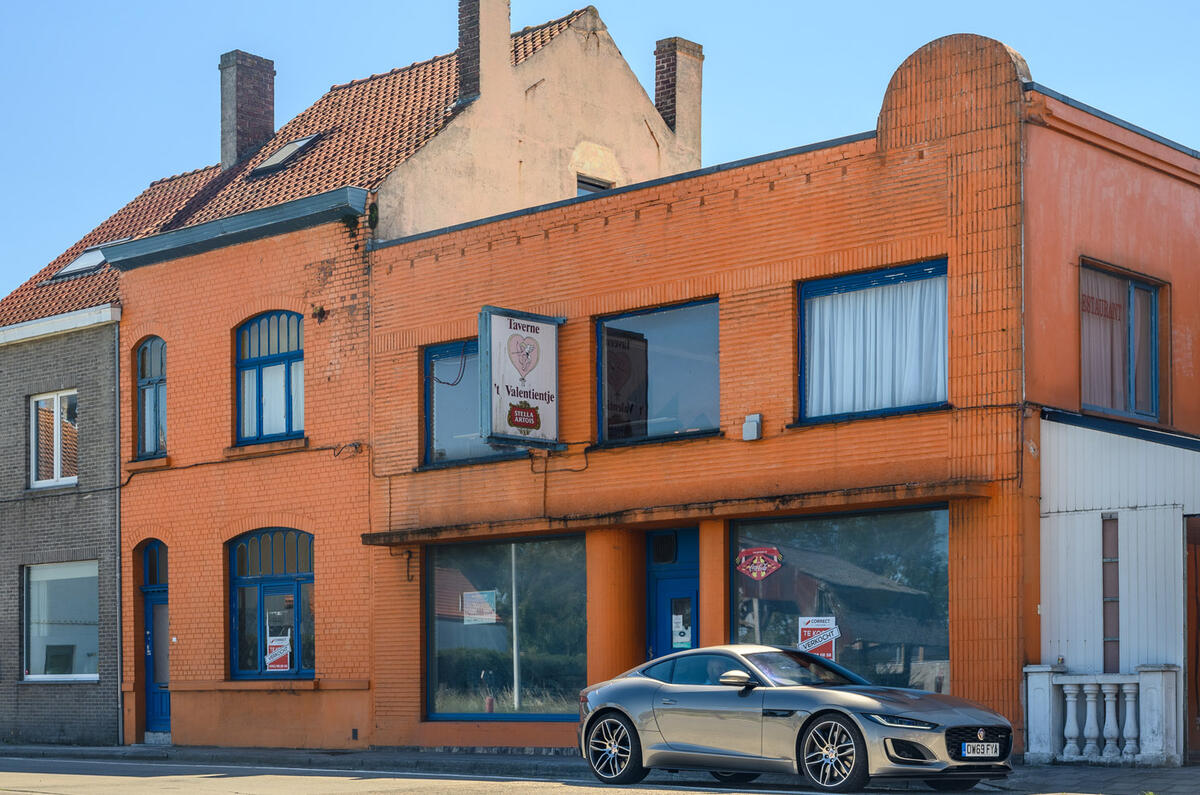
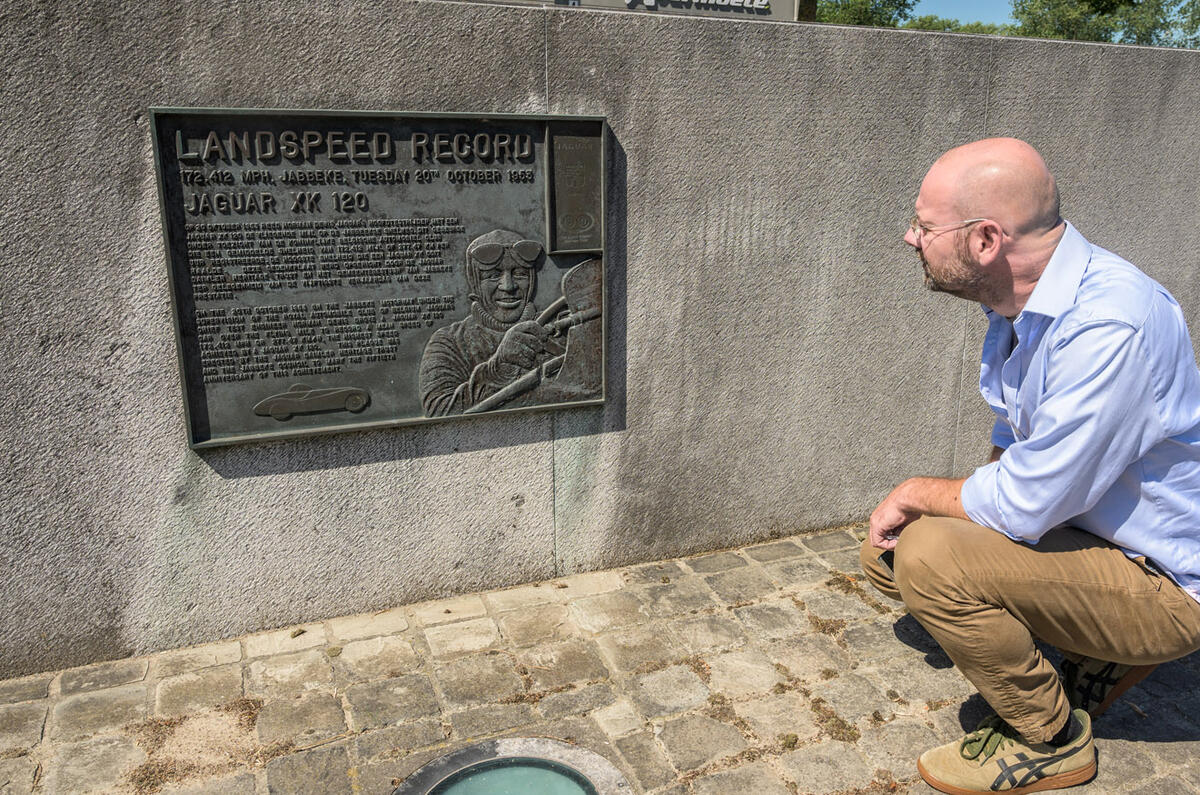
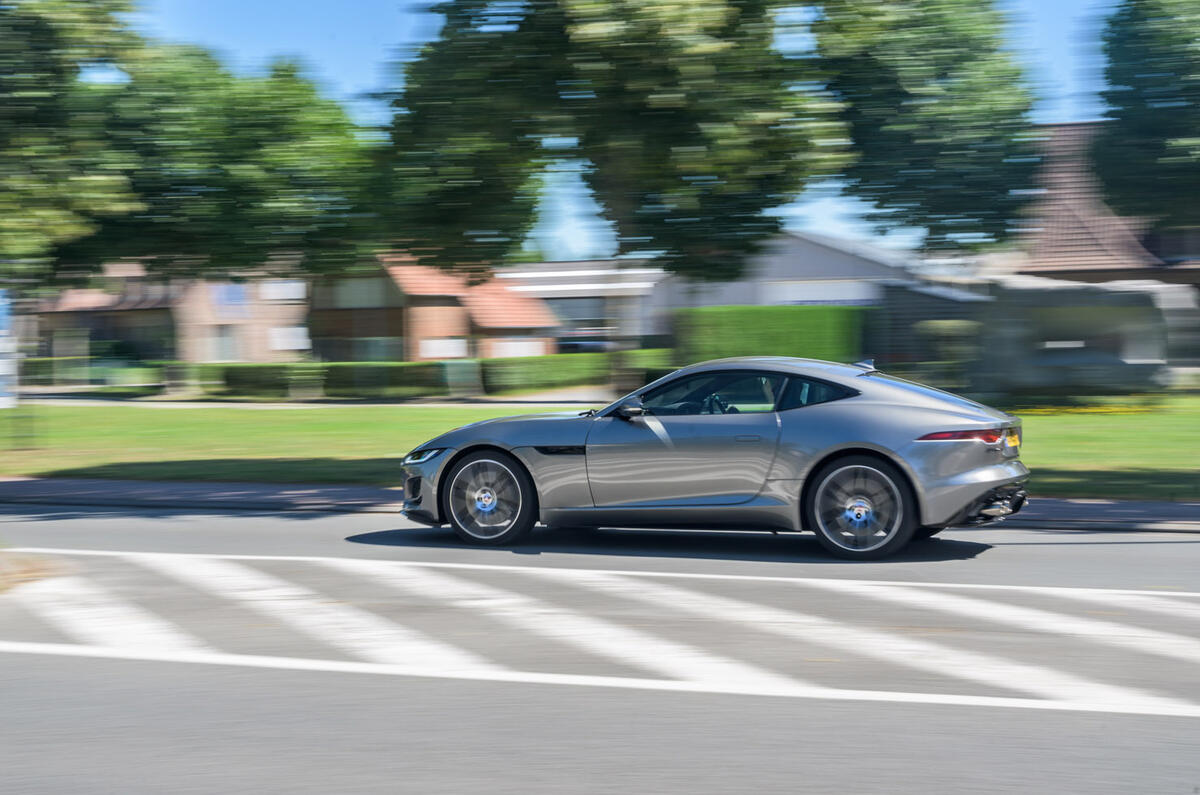
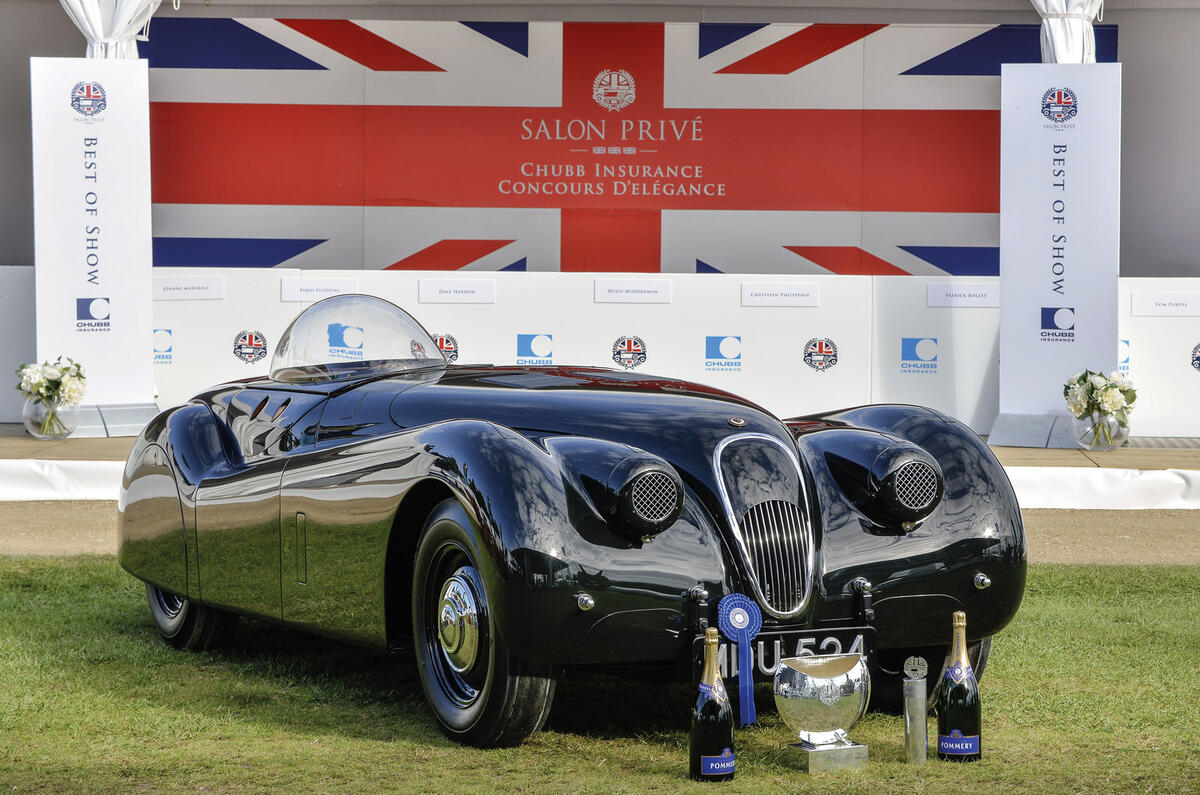
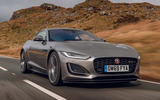
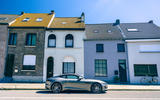
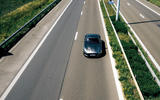

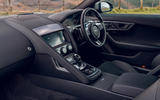
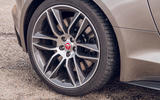


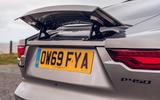

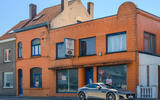
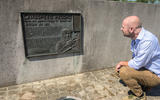
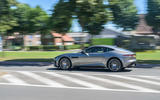
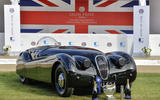





Join the debate
Add your comment
No longer Jaguars
Today's jaguars are an alien species. I'm in the market for a new salon and the S Class is favourite.
Seriously - you say you dont
Seriously - you say you dont know where they are going.The XJ is coming, we all know thatThe J-Pace is coming, an EV Large SUV, Again, OLD NEWS
The XE/XF are being replaced with a new One Car range, EV, PHEV and ICE will be run Again, old News.The F-Type IS being replaced with an EV, again, OLD NEWS
RUMOURS
New Smaller Sports car with emphisis on sports rather that GT
New small Car, to become the entry level car, with an SUV alternative, based on teh new Baby Range Rover, and Freelander 3 SUV.
JLR has the capability to move into a number of new niche markets and now that they have a new forward thinking designer, and money to do the cars they should have been doing, then the future is looking good
Shall i mention, the JLR Classic "might" start the rebirth of older models, like a lot of brands have started to do, limited run, old cars with modern tech and running gear, Callum has done the Callum MK II, how about the Jaguar MK II or MK X, how about a run of D-Types, or E-Types, the buyers are there, many have spend £100k plus on having JLRC do cars already, so to do more would be no issue, however they are rather busy doing what they are doing now, so an expansion and move might have to be on the cards.
This all fine but what is it like inside.
How can one compare this to an E Type except for speed and performance. Back in 1961 when the EType was released it was not only outstanding in performance and speed but it offered outstanding beauty and originality that could not be mistaken for an Aston Martin or any other sports car for that matter. This was not only on the out side, but the interior looked like no other brand car of it's time. The instrumentation, dash and steering wheel were in the vein of a fine quality watch and not some regular looking car interior of the same price. The spectators could not believe that the E Type jaguar which looked better than the most expensive looking quality sports cars in the world, outside and inside, was in fact within reach of most people, who could have only dreamed of owing such a beautiful car. This is just an old Jaguar lover and owner speaking, and one that can't and won't accept a car for just it's name and image. Back in the early sixties there were no speed limits on the motorways, so a car that could do nearly 150mph was very attractive to the speedsters. Today I can't be a speedster like I was back then, but they are still selling me speed and performance, and offering me a lot less of what the E Type gave me then.